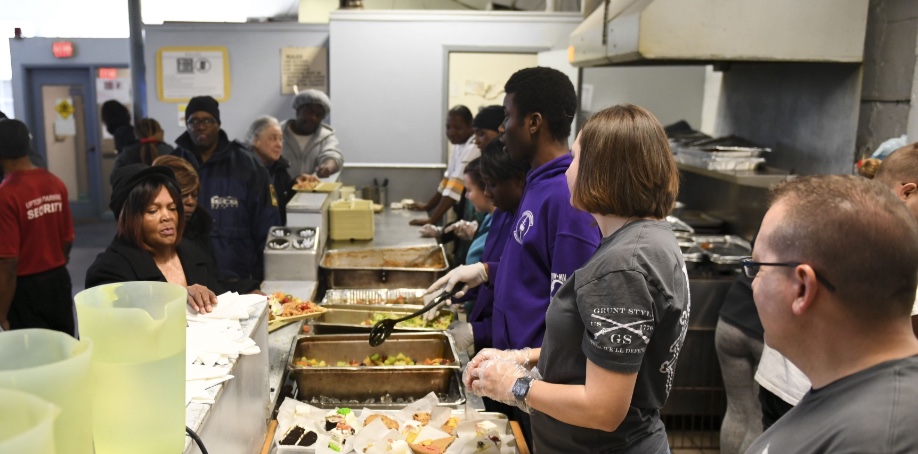As the days grow darker, you might find yourself getting more lethargic, unmotivated, and depressed. You aren't alone, over 20% of Americans suffer some form of “winter blues” and 9% experience the more severe version: Seasonal Affective Disorder (SAD). So what is it and how can you minimize the effects?
Seasonal Affective Disorder is when people, who typically have stable mental health throughout the year, start to display depressive symptoms at the same time every year, usually late fall through winter. Low amounts of sunlight can cause disruption in your circadian rhythm, serotonin, and melatonin levels; all of which are essential in your emotional regulation.
So how can you tell if you’re being affected by SAD? Here are some common symptoms:
- Lost of interest in activities
- Low energy or trouble getting out of bed
- Trouble sleeping or oversleeping
- Feelings of worthlessness
- Mood swings or feelings of anxiety
- Withdrawing from family and friends
- Thoughts of death or suicide.
If there are extreme symptoms that interfere with daily life, contact a doctor immediately as medicine or psychotherapy are sometimes necessary. If you have a mild case or if you are looking for something to supplement the medication and therapy, there are a couple things that you can do to ease the winter blues.
1. Run Daily
- While winter is usually the off-season for most runners, this exercise is the best way to get your blood flowing and increase your mood. Lace up your shoes and hit the pavement or your local gym. If you’re running outdoors, make sure you wear reflective clothing and watch out for cars.
2. Update Your Diet
- Trying to stick to healthy food around the holidays can be hard, but binging on pumpkin pie could have lasting effects on more than your waistline. Your cells use sugar to produce energy, so it is essential that you maintain your blood-sugar levels. Eating a concentrate amount will cause a spike, that will eventually turn into a sharp decline. This yo-yoing will make you feel ill and lethargic. Swap out some of those sugary dishes with alternatives like lean meats, roasted vegetables, and plenty of foods rich in Vitamin D.

3. Light Therapy
- Researchers believe that the main cause of SAD in the winter is the lack of sunlight. Some have started to combat this by getting a light box, a contraption that mimics sunlight. 50-80% of people who do this say they noticed a significant increase in their mood.
4. Focus On Yourself
- Sometimes, during the rush of the holiday season, we forget to take care of ourselves. We get caught up in preparing elaborate dinners, buying presents, and dealing with family and friends that we hardly take a second to be present in the moment. Meditating, giving yourself an at home spa day, or even re-watching all your favorite comedies are all ways to treat yourself this winter. Listen to upbeat music, take a bath, put on some comfy clothes, or snuggle up on the couch with some hot cocoa during this chilly season.
5. Help Others
- Volunteering to help your community can have a positive impact on your life and others. It’s a win-win! Whether you're helping at a local animal shelter or assisting in a soup kitchen, get out there and connect with the community.

Sometimes, doing the simplest task seems impossible, but doing one small thing a day could be the push you need. Mental health often goes hand-in-hand with physical health. Remember to take care of yourself this holiday season.
*Always consult your doctor before starting a new exercise program.